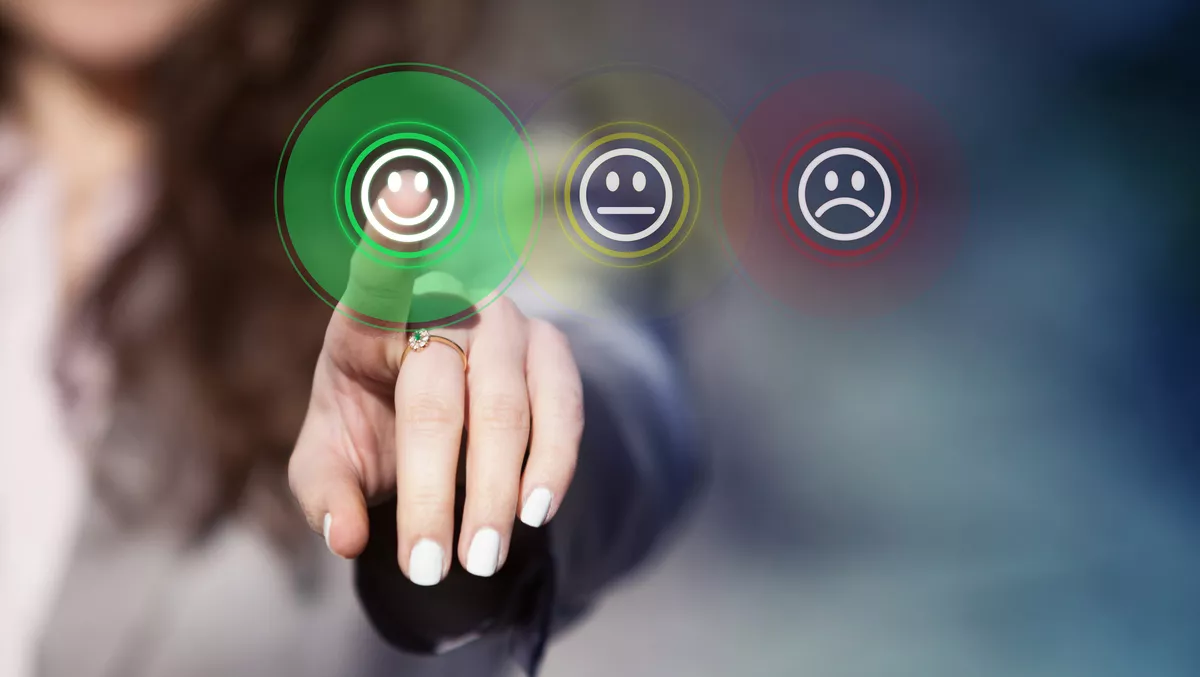
Customer expectations on brands in a post-pandemic world
Cheetah Digital has unveiled five key trends shaping the state of relationship marketing in the year ahead with the release of its recent digital consumer trends index.
The report details consumer preferences, including:
- What they expect from the brands they buy from
- The channels and formats they prefer to communicate
- The type of data they're willing to share
- The terms under which they're willing to share it
Key takeaways at a glance
- Protection of privacy is on the rise
As privacy regulations sweep the globe and data breaches continue to dominate news cycles, consumers are more privacy-conscious than ever online. There have been huge rises in those turning to incognito browsing (50% increase), a PC cleaner (48% increase), password generator (40% increase), ad blocking tech (37% increase), paid for premium software (31% increase), and a password manager 31% increase).
- Use data but with permission
While most consumers will trade personal data for personalised content, they prefer brands only use data that they've explicitly shared directly to the brand (zero-party data). Other tactics are considered "creepy." Among those considered creepiest are ads based on location data (67%), retargeting ads derived from tracking cookies (62%), and ads related to something they discussed near a smart device (61%).
- Brand loyalty comes with conditions
57% of consumers say they are prepared to pay more to buy from a preferred brand, with loyalty metrics spiking across the board. Among the growing reasons they stay loyal are when brands understand customers as individuals (110% increase), treat their data with respect (71% increase), align with their personal values (58% increase) and offer admirable loyalty programs (55% increase).
- Contests, sweepstakes and exclusive access is in demand
Consumers' expectations of the loyalty programs are maturing, with a desire for contests and sweepstakes increasing 73%, exclusive access and content rising 58%, and personalised product recommendations increasing 56%.
- Email reigns
When it comes to driving sales, email remains one of the most effective channels, beating banner ads, social media ads, organic posts, and SMS by up to 108%. Half of consumers report purchasing a product directly as a result of an email they received in the last 12 months.
A critical time to recalibrate
This data comes at a critical time, as the effects of the pandemic continue to reverberate throughout the marketing landscape. While some consumer behaviours and attitudes remained the same, many others changed — and quickly. Shifts that once took years to emerge are taking place in a matter of weeks, pushing brands to arm themselves with the latest data to keep up and respond appropriately.
"The path to customer acquisition has evolved from a relatively straightforward train track to a bowl of spaghetti, with multiple channels and formats to navigate," says Cheetah Digital, VP of content, Tim Glomb. "Brands can no longer get away with lumping customers into segments, but rather must treat them as individuals. This requires developing authentic relationships, offering real value exchange, and interpreting the right customer signals at the right time in the right channel. That's a lot to absorb."
Brands need "to assess their ability to create and execute campaigns that meet and exceed consumers' growing demand for more personalisation, more privacy and a deeper relationship with the brands they know and trust," Glomb says. "How brands respond will impact their bottom line in both the short and long term."

